As a Gestalt therapist, I focus on helping clients become aware of their present experience, both emotionally and somatically, by exploring what is happening the here and now. Gestalt therapy emphasizes the here and now, which means we focus on the present moment, allowing you to become more aware of your thoughts, feelings, and behaviors as they unfold. This focus helps you explore your immediate experiences and learn how to stay in the present rather than delving into past events or focusing on the future. Gestalt therapy is an experiential approach, which means it’s not just about venting your feelings or rehashing the story for the whole session. A Gestalt therapist is not a blank slate that holds neutrality. Instead, I take an active role, paying close attention to not only what you’re saying but how you’re saying it.
For instance, as you share your story, we will be paying attention to what is happening “between the lines.” I’ll be paying attention to what is happening with your breath. Does your breathing become shallow or rapid when sharing a painful experience? Is there a noticeable pause when talking about something painful or vulnerable? These somatic cues are important as they can tell us lots of useful information about how you live in the world and how you relate to yourself and others.
We’ll also pay attention to your facial expressions and body language. Are you tearing up when speaking about something sad, or you might experience the opposite: struggling to show sadness even though you're talking about something deeply painful? Your sadness is important as well if you inhibit your sadness, that information for us too to be curious about where it comes from and when the inhibition of sadness became a creative strategy to adjust in the past.
At the core of Gestalt therapy is the therapeutic relationship itself. This relationship is central to the work we do together. We will pay attention to how you receive support in our sessions—whether you find it easy to accept or struggle with receiving care and empathy. These moments are significant because they often mirror how you navigate support and connection in other areas of your life, especially in your relationships with family, friends, or partners.
Dialogue plays a central role in Gestalt therapy, with the therapist engaging with the client as a real, active participant rather than an authority figure. Both the therapist and client are equal participants in the therapeutic process, fostering a sense of collaboration rather than hierarchy. The therapist does not see the client as “pathologized” but rather as someone capable of growth and change.
The Gestalt approach is grounded in field theory, which suggests that individuals are influenced by the larger context or "field.” As a bilingual therapist, I bring an understanding of how culture, ethnicity, gender, race, and immigration shape a person’s experience. We do not exist in a vacuum. Gestalt therapy pays close attention to what is happening around us and how we are impacted by our environment or how the environment impacts us. These cultural and societal influences shape how you express yourself, how you connect with others, and how you navigate your world. We’ll explore how these factors affect your sense of self, your emotions, and your relationships, both in therapy and outside of the therapy room.
If you’re tired of talk therapy and looking for a different, more experiential approach, Gestalt therapy may be a good fit for you. I am a bilingual therapist and a certified Gestalt therapist who provides therapy in Russian and English. I provide therapy for clients who reside in New York, New Jersey, Pennsylvania, and Connecticut.
Curious about my journey to becoming a Gestalt therapist? Read my story here.
